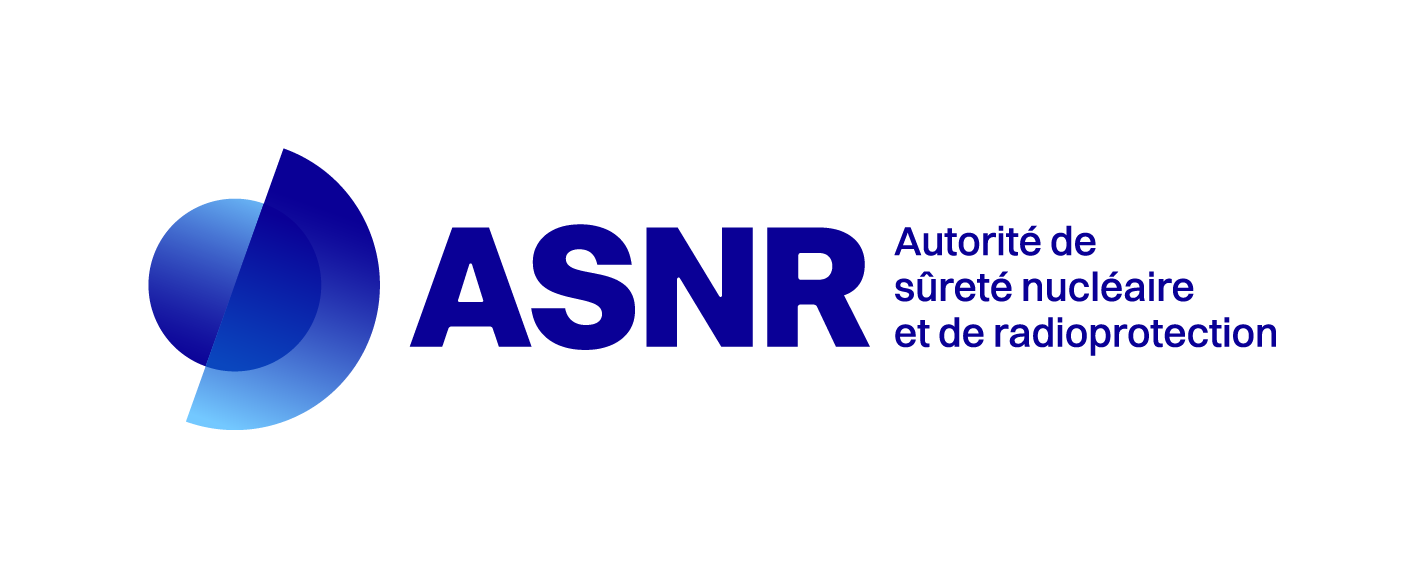Numerical assessment of the applicability of gaussian models for the prediction of near-field dispersion near urban environments
Résumé
Monitoring pollutant emissions into the atmosphere is a key issue for industry and authorities. In urban environments, the presence of buildings disturbs the flow in their wake and poses specific problems of interaction between the emitted plume and the disturbed flow. Dispersion models based on a CFD approach can explicitly account for the presence of buildings and accurately represent the three-dimensional nature of the mean flow but suffer from high calculation times, often incompatible with operational time constraints. As a result, simplified, Gaussian models are still widely used to quickly provide an order of magnitude of expected consequences, especially for emergency response, despite their lack of obstacle modelling. The aim of this work is to study the applicability and scope of Gaussian models for the prediction of near-field dispersion of pollutants around industrial sites in peri-urban environments, in comparison to more complex models. To this end, the IRSN's operational Gaussian model pX and the SLAM (Safety Lagrangian Atmospheric Model) model were used to predict 85 Kr air concentration around the ORANO La Hague (France) reprocessing plant. The performance of each model was analysed through their ability to predict concentration peaks at various locations, and their sensitivity to meteorological conditions. Additionally, the sensitivity of pX to its parameterization was explored. The results show that for distances greater than one or two kilometres, the Gaussian approach can provide an acceptable prediction of field concentrations with an appropriate parameterization, while a CFD-based dispersion model tends to provide a real added value in the close vicinity of the site, where the flow and pollutant dispersion is still perturbed by the presence of buildings.
Fichier principal
 H22-089_RONDEAUX_Erwan_T6.pdf (375.66 Ko)
Télécharger le fichier
H22-089_Oral_T6.pdf (2.66 Mo)
Télécharger le fichier
présentation_HARMO_reduite.pdf (2.49 Mo)
Télécharger le fichier
H22-089_RONDEAUX_Erwan_T6.pdf (375.66 Ko)
Télécharger le fichier
H22-089_Oral_T6.pdf (2.66 Mo)
Télécharger le fichier
présentation_HARMO_reduite.pdf (2.49 Mo)
Télécharger le fichier
| Origine | Fichiers produits par l'(les) auteur(s) |
|---|---|
| Licence |
| Licence |
Copyright (Tous droits réservés)
|
|---|


